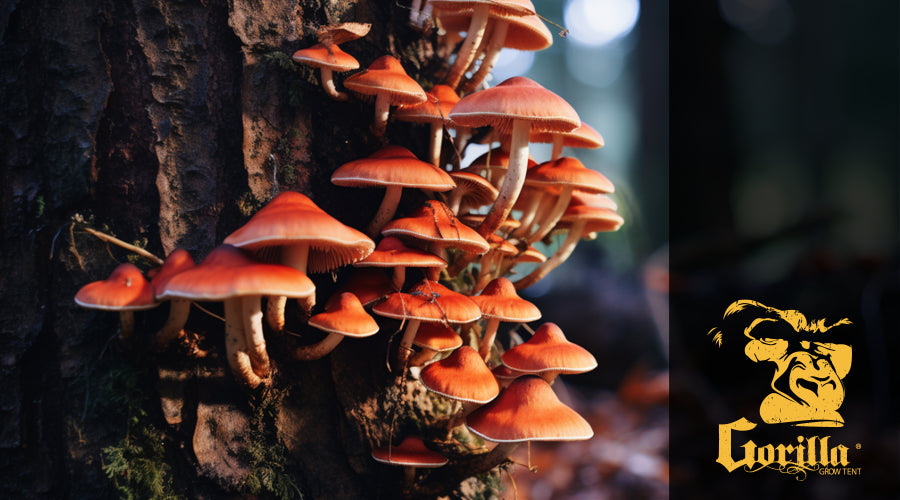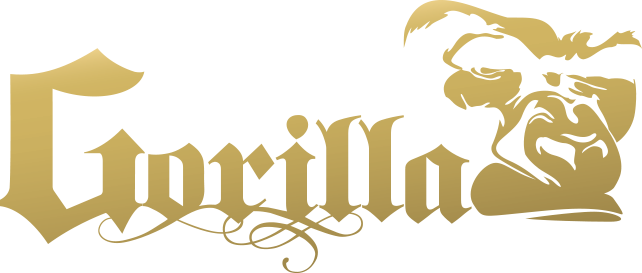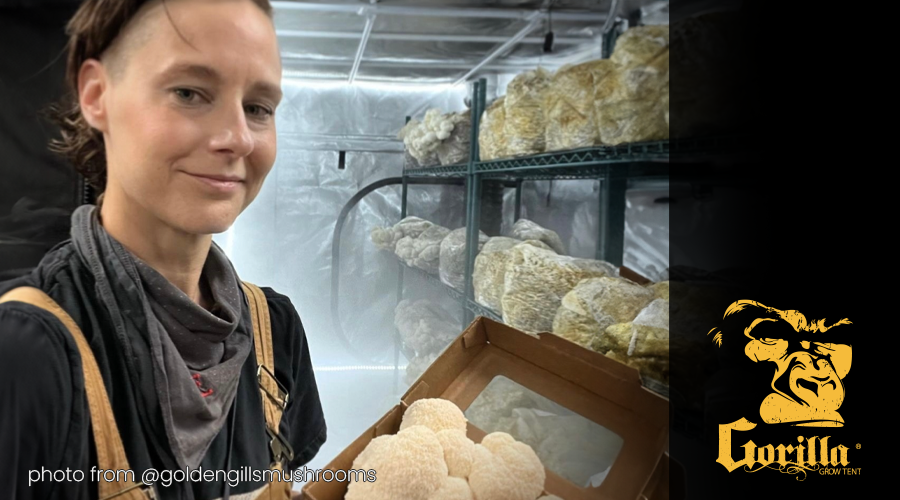
Mushrooms That Grow on Trees
The Hidden Life of Mushrooms That Grow on Trees
This article delves into the mesmerizing world of mushrooms that find their home on trees, exploring their unique characteristics, ecological significance, and the captivating allure they hold for scientists and nature enthusiasts.
The Enigmatic Origins
The story of tree-growing mushrooms begins with a journey that traces back through evolution. These fungi have adapted to thrive in unique conditions, such as the vertical world of trees, where they find refuge and sustenance. This adaptation has led to specialized mechanisms for attachment, nutrient absorption, and reproduction. As we study these organisms, we uncover how they've evolved to conquer new frontiers and establish their place in the complex tapestry of life.
A Unique Partnership: The Symbiotic Dance
Mushrooms that grow on trees, often called "epiphytic mushrooms," form an intriguing partnership with their arboreal hosts. Unlike traditional mushrooms that root in the soil, these species have adapted to extract nutrients and moisture directly from the tree's bark and decaying matter. This symbiotic relationship benefits both parties, as the mushroom gains a stable platform and access to nutrients, while the tree receives enhanced decomposition and nutrient cycling.
Diverse Forms and Colors
One of the most captivating aspects of tree-dwelling mushrooms is their sheer diversity in appearance. From the vibrant reds of the Scarlet Elf Cup (Sarcoscypha coccinea) to the delicate, lace-like structures of the Lion's Mane (Hericium erinaceus), these fungi showcase an array of colors, shapes, and textures that add a touch of mystique to the forest canopy. This variety often awakens hikers and nature enthusiasts as they stumble upon these hidden gems.
The Medicinal and Culinary Magic
Beyond their aesthetic appeal, many tree-growing mushrooms hold remarkable medicinal and culinary properties. For instance, the Lion's Mane mushroom is gaining popularity for its potential cognitive benefits and ability to stimulate nerve growth. In the culinary world, species like the Maitake (Grifola frondosa) and Shiitake (Lentinula edodes) mushrooms are prized for their rich flavors and nutritional value. As our understanding of these mushrooms deepens, so does our appreciation for their potential contributions to human health and well-being.

Guardians of the Forest: Ecological Significance
The presence of tree-dwelling mushrooms extends far beyond their visual charm and potential uses. These fungi play a crucial role in forest ecosystems by aiding in decomposition and recycling nutrients. By breaking down dead organic matter, they contribute to nutrient cycling and the renewal of the forest floor. In doing so, they support the growth of new vegetation and create a healthier environment for countless other organisms to thrive.
Tree Whisperers: How Do They Attach?
One of the most captivating aspects of mushrooms that grow on trees is how they manage to cling to their lofty hosts. Unlike their ground-dwelling counterparts, these fungi don't rely on soil for stability. Instead, they employ an array of strategies to grip onto bark and branches. Some species, like the Artist's Conk (Ganoderma applanatum), develop tough and woody structures that serve as platforms for the mushroom to grow. Others utilize tiny tendrils or specialized cells that adhere to the tree's surface, allowing them to maintain their precarious position.
A Symphony of Decomposition
In the intricate dance of life, mushrooms that inhabit trees play the role of nature's decomposers. As they thrive on decaying matter, they break down complex compounds and release nutrients back into the ecosystem. This process is especially crucial in nutrient-poor environments, where these fungi act as essential contributors to the forest's health. In their tireless efforts, they contribute to the circle of life, ensuring that fallen leaves, twigs, and other organic material find new purpose in nourishing the surrounding flora.
Nature's Pharmacy: Medicinal Marvels
Delving deeper into the world of tree-dwelling mushrooms reveals a treasure trove of potential medicinal benefits. For centuries, traditional medicine systems have harnessed the power of these fungi to address various ailments. Modern science is now shedding light on the compounds within these mushrooms that hold therapeutic promise. The Turkey Tail mushroom, for instance, contains compounds with immune-boosting properties, while the Reishi mushroom (Ganoderma lucidum) has been associated with potential antiviral and anti-inflammatory effects. The pursuit of these natural remedies continues to ignite scientific curiosity and exploration.
Unraveling the Ecological Web
Tree-inhabiting mushrooms are more than passive residents of the forest; they actively participate in intricate ecological interactions. These fungi often attract insects, which are drawn to their distinctive colors, shapes, and scents. In turn, these insects can become carriers of spores, aiding in the mushroom's reproductive cycle. Additionally, these mushrooms contribute to the microhabitat diversity of trees, providing a unique niche for other organisms like lichens and mosses. Such interconnected relationships remind us of the complex web of life that exists within even the smallest corners of the natural world.
The Call of Conservation
As we marvel at the beauty and significance of mushrooms that grow on trees, we also face the responsibility of preserving their delicate habitats. Human activities, such as deforestation and pollution, threaten the ecosystems where these fungi thrive. To protect their home and the countless other species that rely on it, conservation efforts must be a top priority. By fostering awareness, promoting sustainable practices, and supporting research, we can ensure that these magical inhabitants continue to grace our forests for generations to come.
The Endless Fascination
The allure of mushrooms that grace trees lies in their beauty, the mysteries they unravel, and the stories they tell. Each species carries a unique tale of adaptation, evolution, and interdependence. Whether we're marveling at the intricate patterns of a Turkey Tail (Trametes versicolor) or uncovering the delicate secrets of the Bird's Nest Fungus (Crucibulum laeve), the world of tree-dwelling mushrooms invites us to explore, learn, and cherish the delicate intricacies of nature.
The Fascinating World of Mushrooms on Trees
The world of mushrooms that find their home on trees is a realm of wonder and discovery, where science, art, and nature intertwine. Each species brings with it a story of resilience, adaptation, and coexistence, reminding us of the endless marvels that await our exploration. As we venture deeper into this realm, let us not only celebrate the beauty and mystery of these organisms but also embrace our role as stewards of the natural world.
In protecting the forests that house these enchanting fungi, we safeguard a piece of Earth's living legacy, ensuring that the dance of life continues to thrive among the branches and leaves.

Lena Myles
I'm a mushroom enthusiast and home cook based in Oregon. I'm passionate about foraging and creating fungi-focused recipes, especially delicious, plant-based dishes using gourmet mushrooms like trumpet, shiitake, and oyster. When I’m not in the kitchen, you’ll usually find me wandering the woods in search of new wild flavors.


